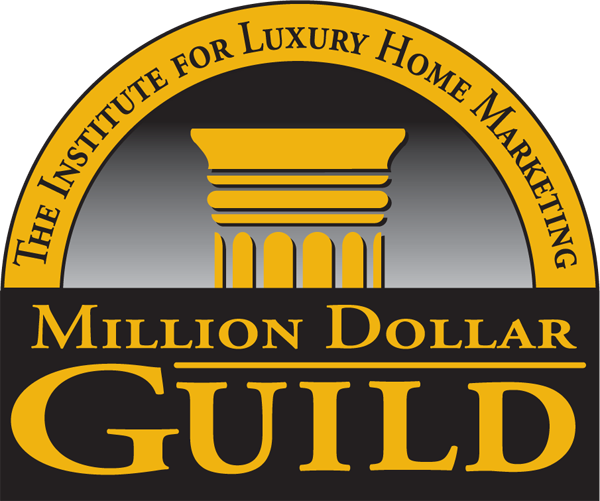Hawaii Architect Charles Dickey - Dickey Homes Oahu - Dickey Roof
 Fri, June 8, 2012 by
Fri, June 8, 2012 by  By Yvonne Ahearn (B), Realtor-Broker
By Yvonne Ahearn (B), Realtor-Broker Who is Hawaiian Architect Charles Dickey?
Charles W. Dickey was a prolific Honolulu architect, who designed both commercial and residential buildings. Charles Dickey’s multi-faceted career in architecture on Oahu and in Claifornia spanned over 5 decades from the 1890’s to the late 1940’s.
Dickey was the son of Charles Henry Dickey and was born in Oakland, California in 1871. In 1873, the Dickey family moved to the island of Maui, Hawaii, where they established 3 general stores and started other successful businesses. Dickey was sent to the mainland (back to Oakland) for his high school education. Later, he was educated at Massachusetts Institue of Technology for college, finishing in 1894, with degree in Architecture.
Charles Dickey’s Early Years - Dickey Homes on Oahu
After a returning home to Maui for a year and a brief stint at an architecture firm in San Francisco, Dickey’s career really started in 1896, in Honolulu, on the island of Oahu, when he partnered with local architect Clinton B. Ripley. Clinton B. Ripley was an established and well-connected figure among Honolulu’s social and political elite and these connections helped lead to a thriving architectural design business, in a time of economic prosperity in the local economy.
Honolulu’s Dickey-Ripley duo, in less than 5 years together, was responsible for the design of a staggering number of both commercial and residential buildings in Honolulu. And this, at a time when Charles Dickey was still in his 20’s. It is believed that the Dickey-Ripley collaboration benefitted from Ripley’s business and technical expertise, while Charles Dickey played a greater role in design aspects of project from that period.

Built 1904, Alfred Hocking House. 1302 Nehoa St. in Makiki - Charles Dickey Homes on Oahu - Dickey Designed Oahu Homes
Many of Dickey’s initial commercial buildings were interesting and sophiticated variations on the heavily rusticated Romanesque Revival style, as epitomized by the Central Fire Station, with its coarse lava rock facade, built at the corner of Beretania & Fort streets (now demolished). Dickey’s style also included buildings that evolved slightly to a lighter Renaissance Revival style, perhaps in response to competition from a mainland architect who came to Honolulu, in this time period, Oliver Traphagen. However, he is well-known for his use of lava rock, structurally or even as a facade.
Other notable commercial buildings from the Dickey-Ripley partnership are the Brewer Building, on Queen Street, which was their first structure built primarily in brick, and the unique Strangenwald Building, a beaux-arts design, noted as Honolulu’s first skyscraper at a towering height of 6 stories. The Strangenwald building, completed in 1901, was also unique in that is was said to be Honolulu’s first fireproof building, made of concrete, steel, and masonry, with no wood other than window frames. This building remained the tallest in Honolulu for more than 50 years. The Ripley-Dickey partnership also designed several churches, hotels, schools and public buildings, such as firehouses.
Dickey’s focus in residential design, also thrived during these few years with Ripley. Dickey designed homes classically simple homes with a distinct Hawaiian-style with features more suitable to the tropical climate and which principally featured a large lanais, verandas and/or porte cocheres. In reality, the homes styles and exterior detail were varied, reflecting owner tastes. Many Ripley-Dickey homes were located in areas such as Makiki, Manoa, Nuuanu and Waikiki and ranged from cottages to mansions. Significant larger homes included commissions from E.D. Tenney (Kukuilani), L. A. Thurston, Frank Halstead, Joseph P. Cooke, Mary Tenney Castle, and George P. Castle. All of these homes have now been demolished. One of the more notable mansions Dickey designed in this partnership with Ripley, is the William G. Irwin Estate, completed in 1899. This was an imaginative, Mediterranen-inspired creation, featuring a wide band of geometric tiles separating the bottom from the top levels of the home, a huge octagonal lanai, a port cochere and a roof profile complemented by a tower.
The smaller Oahu homes designed by Dickey in these years were more reflective of the Hawaiian island style that Dickey enjoyed. These homes tended toward the more functional design, sometimes featuring a high pitched, double-hipped roof, and are closer to Dickey’s later designs. Most if not all of these early works have now been demolished.
In 1900, the Ripley-Dickey partnership dissolved and Dickey, still a very young man, partnered with another more experienced Hawaii architect, Edgar Allen Poe Newcomb. Together, they did not complete nearly as many designs and the Dickey-Ripley duo did during the commerical real esate boom years. However, they did design four large school buildings, including Punahou’s Bishop Hall (1901), Sacred Hearts Academy (1901), Royal School in Honolulu (1904), and the Wailuku Public School (Maui, 1905), all now demolished, and several other commercial buildings. Of the larger residential Oahu homes designed by Dickey in these years, only one remains standng: the Alfred Hocking Home, in Makiki, pictured above.
READ PART II - Charles Dickey Homes and Commercial Buildings in California
All information on this site is believed to be reliable but is expressly not guaranteed. Blog Posts by various authors are the opinions of the author only and do not necessarily reflect the position of Home Shoppe Hawaii or other contributors. This blog does not give legal or tax advice and readers are encouraged to check with licensed professionals for advice on any specific topic and to verify any information herein. Questions? Please contact Yvonne Jaramillo Ahearn at 808-721-8088.
in Hawaii Architecture
Hawaii Architecture
 Email Article
Email Article  Print Article
Print Article  Permalink
Permalink 



